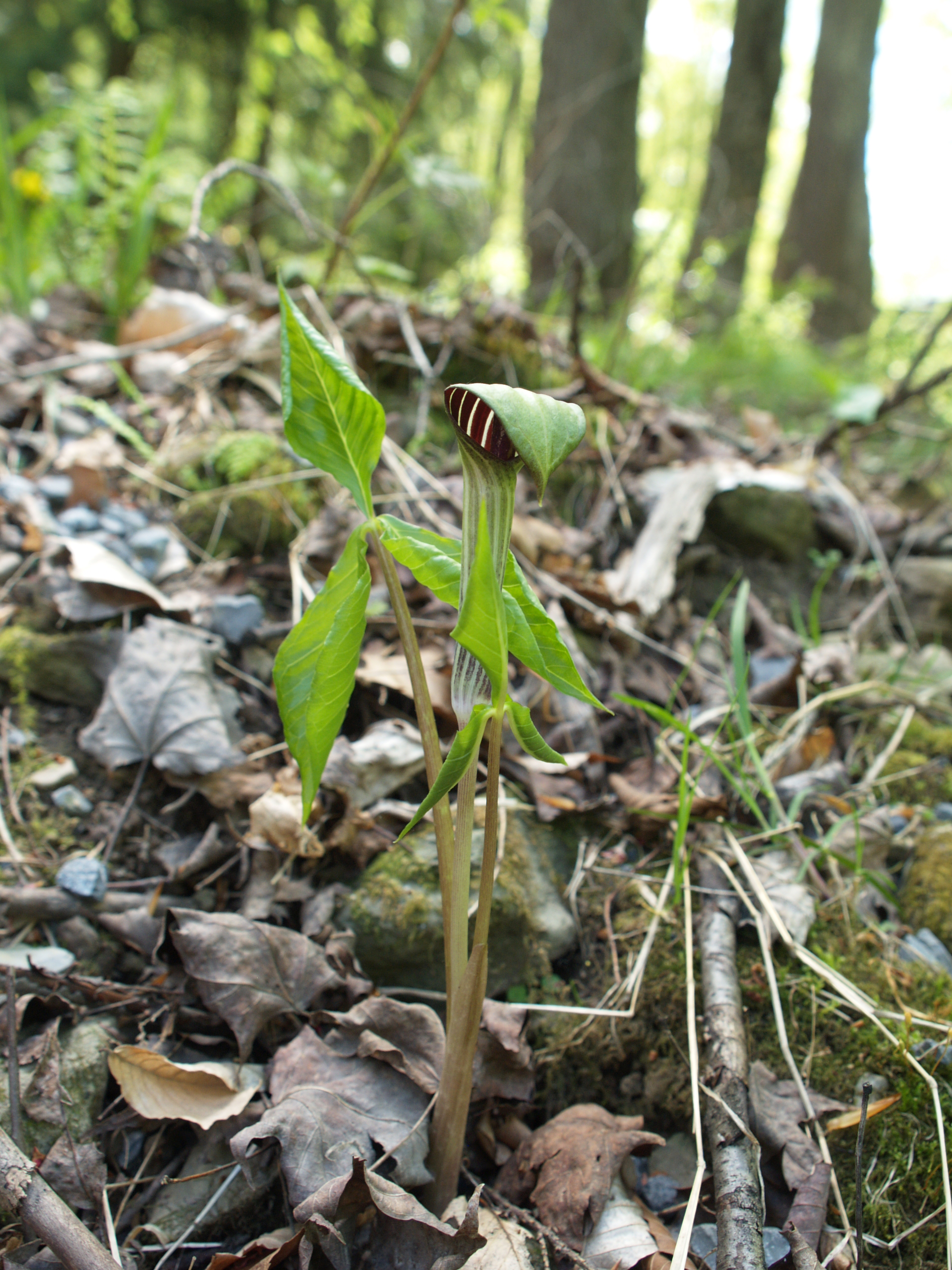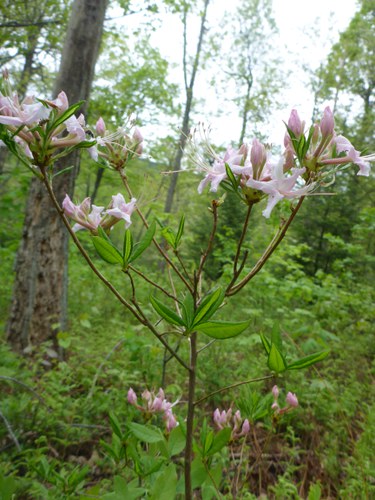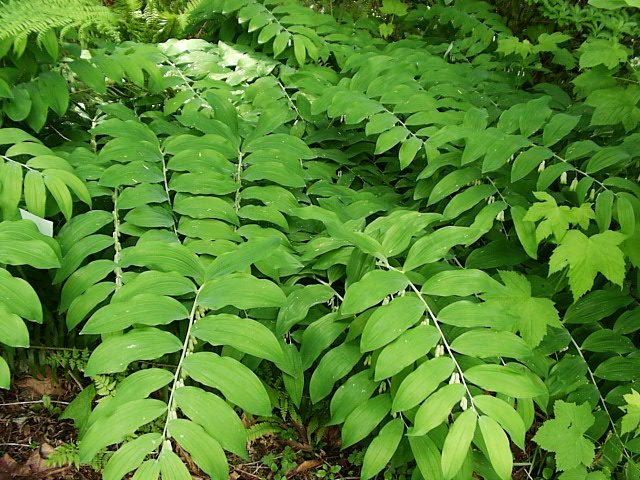As a wildlife biologist working in the Bureau of Forestry, I get a lot of questions from foresters on how they can improve habitat for wildlife. I love this question! Out of all of the things I do, writing a plan to improve habitat and then getting it implemented really gets my heart racing.
When I get these questions, I typically rush out to the district and check out the particular area the forester is talking about. One of the first things I do is take a look around and see what kind of “green” is in the stand. Green can be deceiving. Any green is good, right? Well, just because you see a lot of mountain laurel or a tall field of fescue which might be green and have deer and other wildlife in them, it doesn’t mean it’s a good green [see this post].
When I am in the office (ok, cubicle), I am in Harrisburg. I’ve seen human beings eating out of trash cans and sleeping on the sidewalks. Animals, like humans, eat things and use habitats because nothing else is available. So, the kind of green in an area matters. That means that when I do my inventory of the site and surrounding areas, sometimes I have to bring a forester’s gaze down from the trees.
Our foresters lovingly call this vegetation below the trees Little Green Stuff (LGS – although they tend to use a more piquant term for “stuff”).
So, what kinds of LGS are on the forest floor? Obviously, what you should see depends on where you are in Pennsylvania, but in general, if I spot native shrub species like wild azalia, hobblebush, witch-hazel, Viburnum spp., chokecherry, or native wildflowers like Canada mayflower, trillium, Solomon’s seal, lady’s slipper, man, my heart sings.

Jack-in-the-Pulpit (Arisaema triphyllum)
Yes, it may seem strange that the site of this LGS gets a wildlife biologist excited. But seeing these species tells me the habitat is happy; therefore, the critters are most likely happy!
We often think of deer as shrub and small-tree browsers, but deer feed extensively on herbaceous plants and even fungi! In fact, a combination of sedges, wildflowers, grasses, and mushrooms comprised 87% of the summer diet of white-tailed deer in northern Wisconsin. A study from Missouri revealed that 98 species of herbaceous flowering plants (the LGS) other than grasses, sedges and rushes, accounted for almost 45% of deer food in the spring and summer. In Maine, bluebeard lily and Canada mayflower (forest wildflowers and both native to Pennsylvania) constituted 50% by weight of all plants eaten by deer during late spring!

Wild Azalia (Rhododendron sp.)
When the Bureau of Forestry started monitoring our deer management units looking at indicator species (LGS) and tree seedlings (more on that later), initially it was hard to convince some of the foresters that looking down at vegetation could monitor the heath of forest and whether deer were in balance with their habitat. But after a day of training for each forest district on a handful of indicator plants, they were kind of excited about it. In fact, almost 4 years later the foresters are really excited about the connection between that LGS and deer.
Through the Deer-Forest Study we are learning even more about this correlation and plan on incorporating what we learn into our forest management to improve food and cover for deer and other wildlife.
So, even if you are just interested in the wildlife, it’s not a bad idea and could even be kind of fun to dust off or spend a few bucks on a plant ID guide. That LGS is important!
Wildlife Ecologist
Pennsylvania DCNR
Subscribe to the Deer-Forest Blog by email
And Follow us on Twitter @WTDresearch
